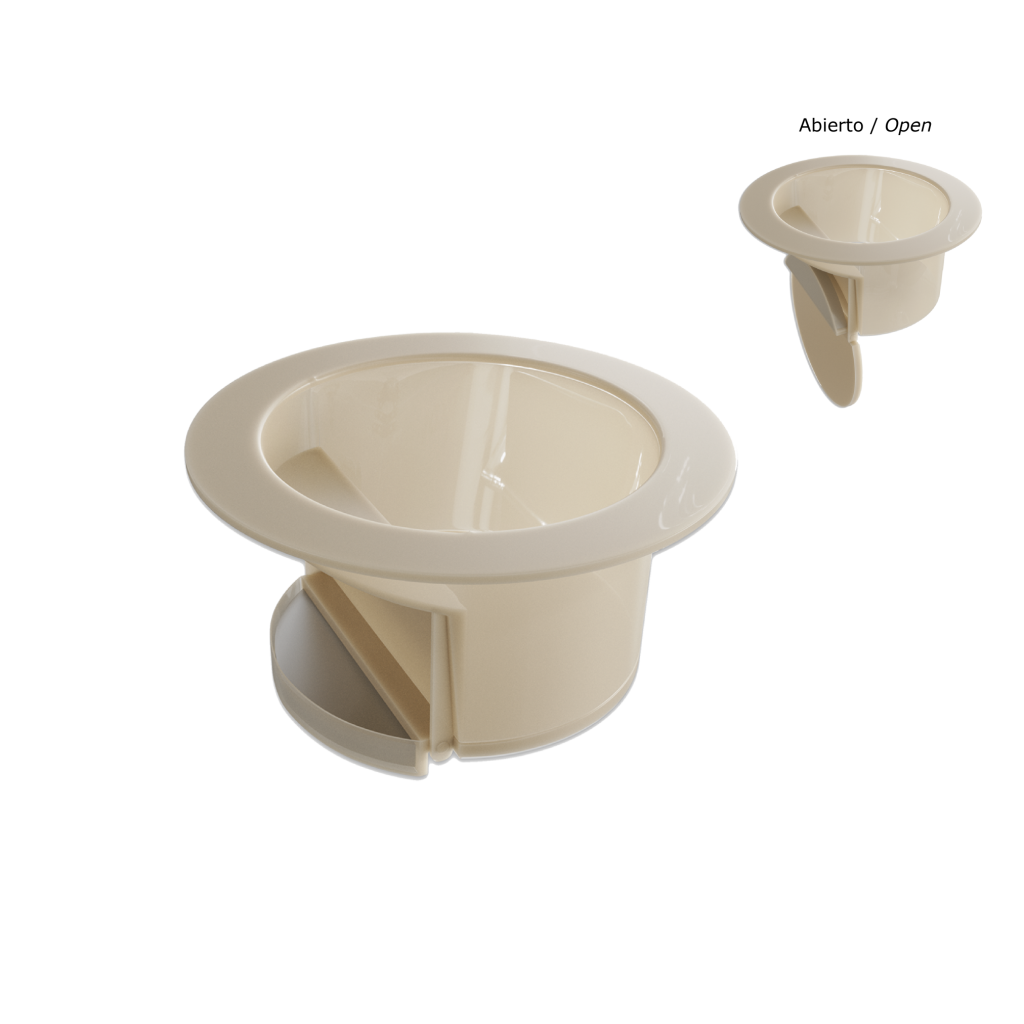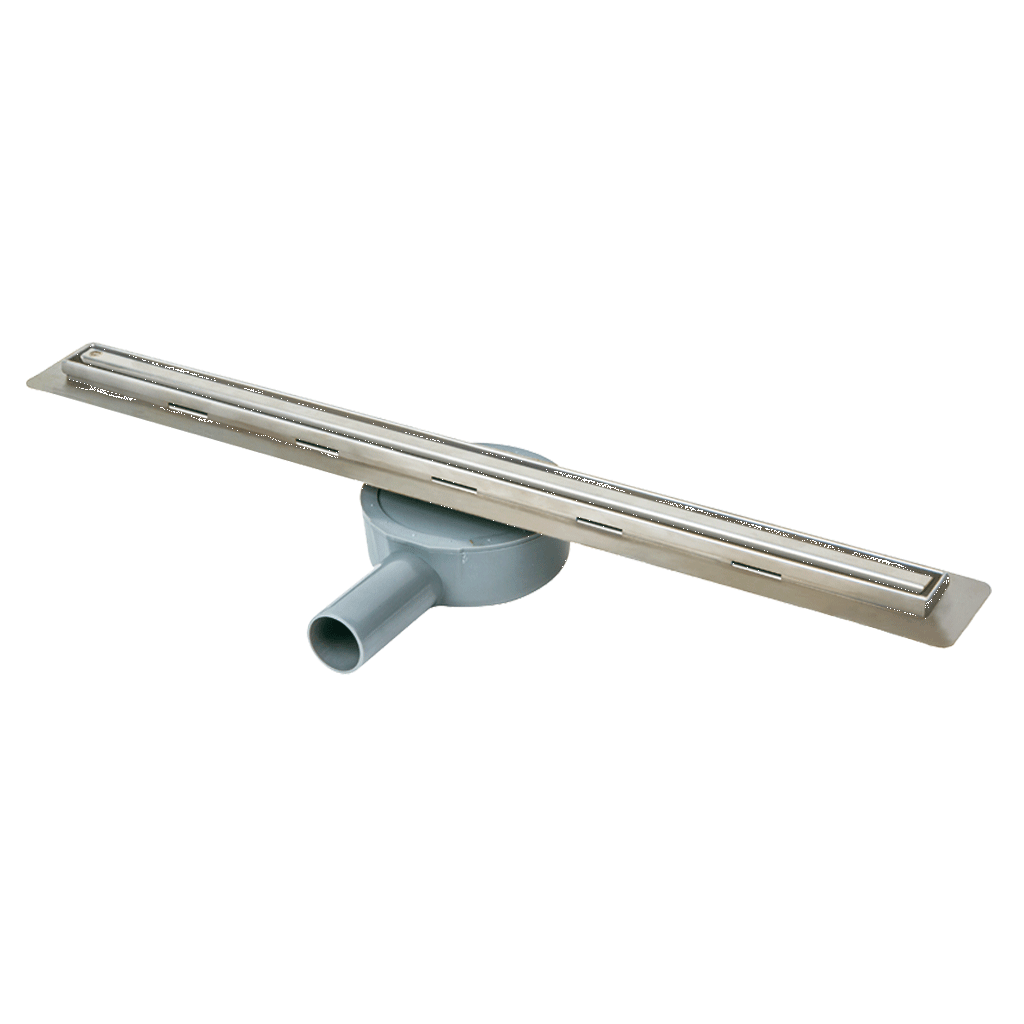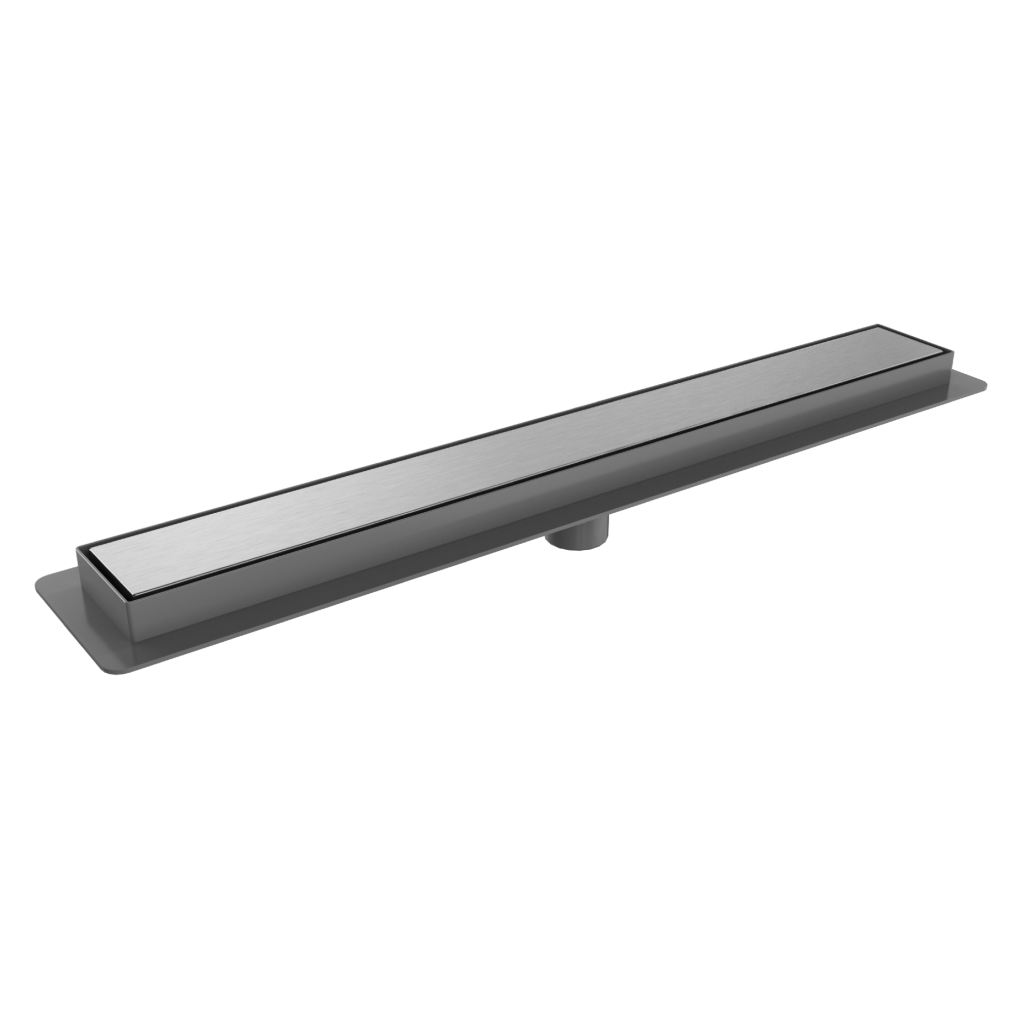

Ever notice how a little standing water can ruin your shower vibe? You’re ready to unwind, but suddenly, you’re wading in a puddle, as if the plumbing’s on strike. It’s unpleasant, unhygienic, and entirely avoidable. Believe it or not, the usual suspect is a poorly chosen shower drain. It may seem minor, but when it fails, it overshadows everything else. Pooling water, unpleasant odours, or even leaks often stem from choosing the wrong drain.
A functional, modern bathroom starts from the ground up. The shower drain, though often out of sight, is one of the most critical elements for ensuring a comfortable, hygienic, and safe experience. Water pooling is one of the most common issues in today’s showers, especially in flush-to-floor designs.
And here’s the harsh reality—Many installers and designers overlook this vital component. Choosing the right materials and ensuring proper installation can prevent costly repairs and significantly enhance the user experience.
Water should flow effortlessly. Yet a poorly sized, misinstalled, or inefficient drain can turn your shower into an unwanted wading pool.
One of the most common issues is inadequate slopes that hinder water flow to the drain. Without the right slope, water doesn’t drain properly, making it harder to evacuate. The floor slope should be at least 2%–4% to prevent water stagnation.
To achieve this slope precisely, systems like Europatas 1605 allow for stable and accurate shower tray height adjustments during installation. Additionally, when there are level mismatches or component incompatibilities, using an adapter like the Euroadapter DN40 ensures proper connection without compromising slope or flow.
Clogs from hair, soap, or debris are another frequent problem. Anything can clog a shower tray drain, and this could be avoided with a good shower drain filter. Some grates may be poorly positioned or tough to clean, worsening these issues.
And yes, we know some designs look great in catalogues… but maintaining them can be a nightmare.
It’s not just about pipes. A shower drain’s design and functionality shape how a space is used and maintained.
An accessible drain cover with a simple anchoring system simplifies upkeep and reduces clog risks. Avoiding decorative covers without functional slots in high-flow areas, and opting for removable, well-integrated covers that are easy to grip for easy maintenance makes a huge difference.
The drain filter, often underestimated, is the unsung hero. It acts as the first defence against debris. A good solution should allow tool-free removal and provide direct access to the siphon. A great example is the EurosifonMAG 40, designed with a magnetic system for quick, tool-free access.
Lastly, the shower drain grate must balance efficient drainage, durability, and ease of cleaning. AISI 304 stainless steel grates are a top choice for their corrosion resistance and longevity.
Any professional who’s had to redo a shower tray installation due to flow issues knows the stakes. Literally.

Each shower system requires a different type of shower tray drain. It is essential to ensure that the grate, outlet, and siphon suit the shower tray’s thickness and layout (centred, side, or linear). Prefabricated trays often include their own drain, but it’s worth checking if the shower grate is accessible and easy to clean. On the other hand, flush-to-floor showers require low-profile models with removable siphons and high flow capacity. For these installations, the Slim-D model offers a compact design and high drainage capacity in limited spaces.
Another key point is ease of maintenance. To prevent clogs, it’s not just about surface cleaning. A good system should allow easy access to the siphon area, where debris accumulates and odours originate. Here, the shower drain cover plays a crucial role, as it should be removable without tools.

This is where things get interesting. It’s not just about draining water—it’s about blending into the space, disappearing aesthetically while doing its job. In designer bathrooms, the drain should—and can—go unnoticed.
The linear shower drain has gained prominence in contemporary showers for its ability to blend visually with the floor, making it a favourite among architects and designers because it allows for continuous flooring without visual breaks. Thanks to its discreet profile, it’s ideal for flush-to-floor showers and large-format trays, while also improving accessibility—a key detail for bathrooms adapted to all users. Lastly, it also simplifies installation with a single longitudinal slope, making the installer’s job easier.
Models like the Eurodrain 1605S combine this aesthetic approach with high drainage capacity and a removable cover that facilitates maintenance without sacrificing design. This adds a modern, professional touch without compromising operational efficiency. Yes, a drain can be beautiful too.

While every project is unique, some mistakes are recurring:
A thorough review of the system—grate, filter, siphon, and slope—prevents issues during or after installation.
So, the next time you’re choosing or specifying a shower tray, pause for a moment and look down. What kind of shower drain are you installing? Is it easy to clean? Durable? Even attractive?
A bathroom can boast stunning finishes, high-end fittings, and carefully designed lighting. But if the water doesn’t drain well, it all loses its shine. Using reliable materials, versatile solutions, and low-maintenance components enhances the project’s reputation and reduces future costs.
Isn’t it time to give this critical detail that supports the entire function the attention it deserves?
At Euroshrink, we’ve been guiding professionals like you for years, helping select the ideal drainage system for every project. If you need technical advice, have specific questions, or want to explore our solutions, contact us and let your project flow.

